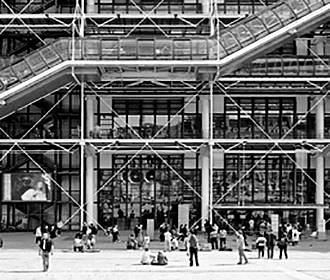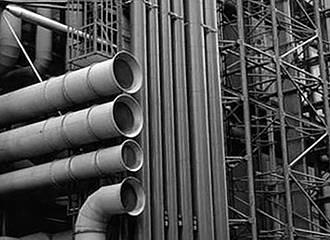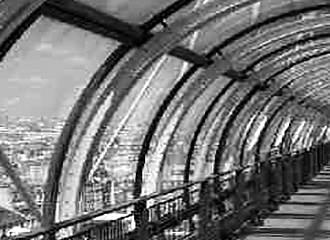History of the Pompidou Centre in Paris
The Centre Pompidou was named after the initiative of the French President Georges Pompidou, however it is often known as the Beaubourg due to the area where it is located, and this is a large unusual building that houses a multi-cultural centre and a museum of modern art.
Even though the history of the Pompidou Centre only started back in 1969 when the French President, Georges Pompidou, made the decision of having a multidisciplinary cultural centre developed within the Beaubourg area of Paris, it has become an important part of Parisian culture.
This project was to house a large library plus the Museum of Modern Art that was originally housed within the Palais de Tokyo.
A major competition for ideas and designs was launched, and architects from all over the world were invited to participate and there ended up being 681 different competitors from 49 different countries.
After much deliberation by a panel and chaired by the architect and engineer Jean Prouve, the project chosen involved three different architects, two of which were Italian by the names of Renzo Piano and Gianfranco Franchini and the third was an English architect called Richard Rogers.
Even though there was a lot of controversy about the looks of the building during the 1970s when it was under construction, often being characterised as to the likes of an oil refinery by critics, yet today it meets with approval, winning the hearts of Parisians, and is now considered one of the emblematic buildings and a historical monument of the 20th century.
Officially inaugurated on 31st January 1977, the Centre Pompidou opened to the public on 2nd February that same year, becoming an instant success far exceeding any original expectations.
In fact, the Pompidou Centre quickly became one of the worlds most popular cultural venues and one of the most visited monuments in Paris and France with the late 1970s and 1980s seeing exhibitions that became legends in their own right.
The Next Stages of the Pompidou Centre
Originally formed back in 1947, the Musee Nationale d’Art Moderne, known as MNAM for short, as we quickly mentioned before, was re-located from the Palais de Tokyo to the Pompidou Centre where it grew considerably over the years and became a world leader in the field of modern and contemporary art.
The Pompidou also became home to IRCAM, which is the centre for research creation and music, plus of course it also had the largest free library in Paris.
Then later on this cultural centre and the Pompidou organisation was reformed and a department of cultural development was formed that encompassed live performances, film and the spoken word, and over time the MNAM gradually became the second largest museum of modern and contemporary art in the world after the MOMA in New York.
Things continued to change and the MNAM merged with the Centre de Creation Industrielle, known as CCI for short, that led to the creation of an architecture and design collection, yet after twenty years of having welcomed over 150 million visitors, the Centre Pompidou was closed for major renovations.
The French state allocated resources to create additional space, which was required for the ever expanding collections of the Musee National d’Art Moderne and the CCI, along with development of the performing arts, and approximately 100,000 metres squared of space were re-developed over a two year period.
The Pompidou Centre then re-opened its doors to the public for the new millennium on 1st January 2000, and once again has met with resounding success with an average of 16,000 plus visitors per day and its history both with the construction and building along with the museum will continue into the future.


